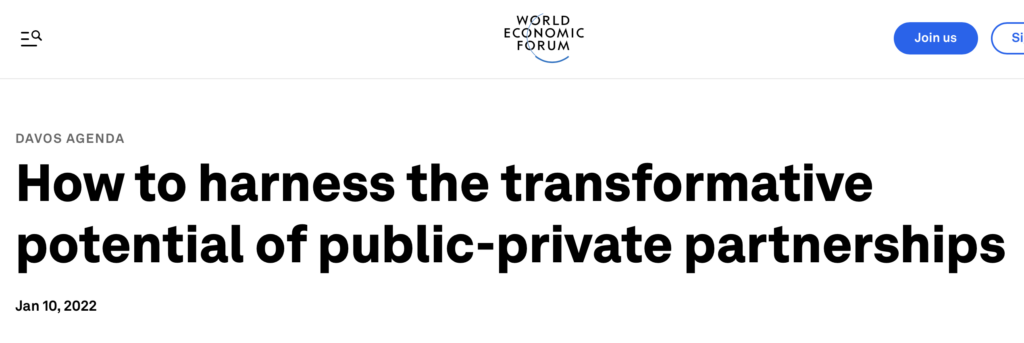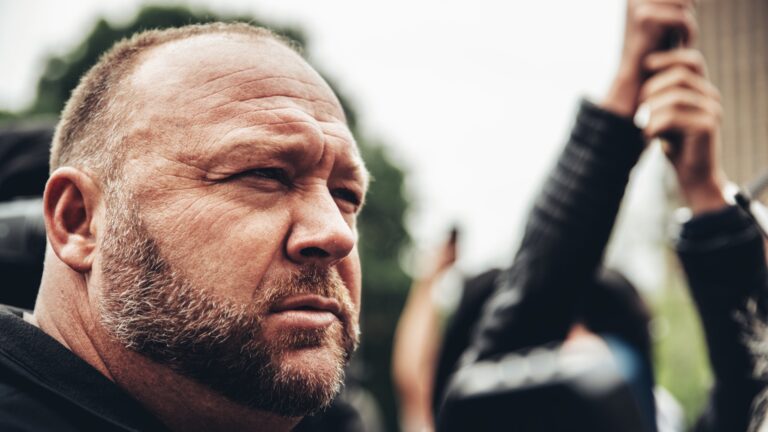Iain Davis is an author and investigative journalist.
The Global Public-Private (G3P) – or Public-Private Partnership (PPP) – is a massive network that includes big corporations, banks, philanthropic foundations, governments, NGOs, and other influential groups.
It’s a term often used by the World Economic Forum (WEF).
The top-tier groups control global finance, economies, and setting policies and frameworks which get adopted worldwide.
These policies are then pushed by the mainstream (establishment) media. Governments turn these global policies into laws and rules in their countries.
Other terms for G3P might be:
- Sustainable Development,
- Agenda 2030,
- technocracy,
- stakeholder capitalism,
- fourth industrial revolution, and
- the Great Reset.
These are all frameworks that describe pretty much the same thing.
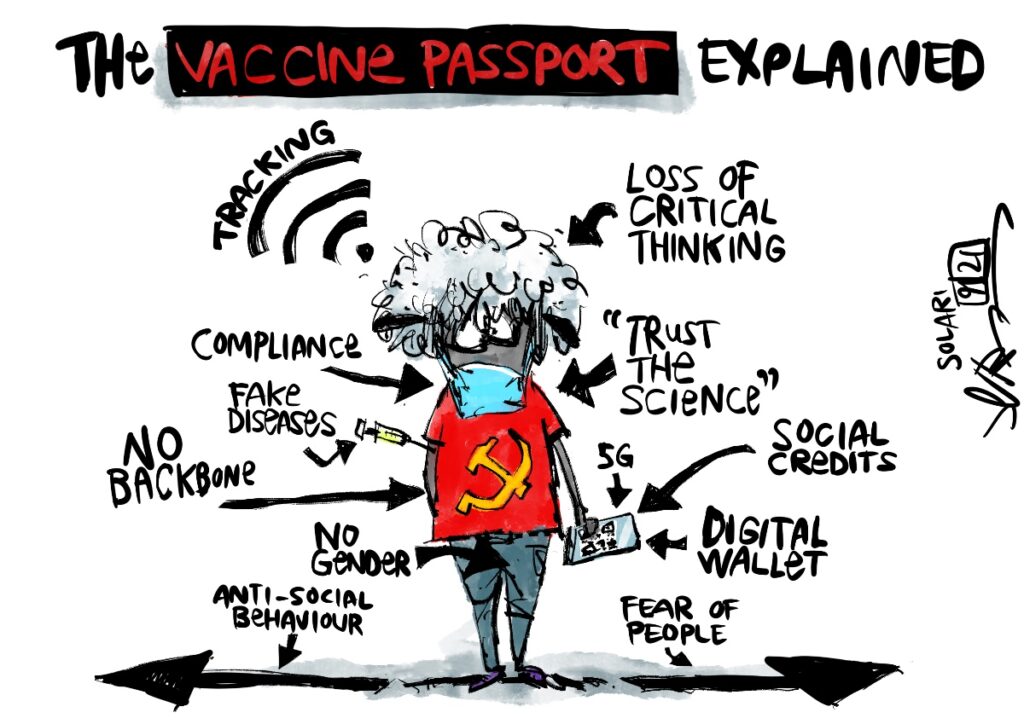
How does G3P influence global policy?
Stakeholder capitalists (oligarchs) create policies at a global level, which then trickle down to every country.
This is done through intermediaries like the IMF or IPCC or WHO, followed by governments putting these policies into action. This process bypasses the need for direct legislation in each country, making it hard to legally challenge these decisions.
For example, consider the WHO (World Health Organisation ); it has almost 200 member states who have voluntarily rescinded their national health sovereignty.
Lest we forget the Covid™ era.
Governments have shifted from being policy leaders to enablers for G3P. They do this by taxing the public and increasing national debt, which benefits the senior partners in G3P. These partners – for example, central banks – are both creditors and beneficiaries of this system, using public investment to create markets for themselves.
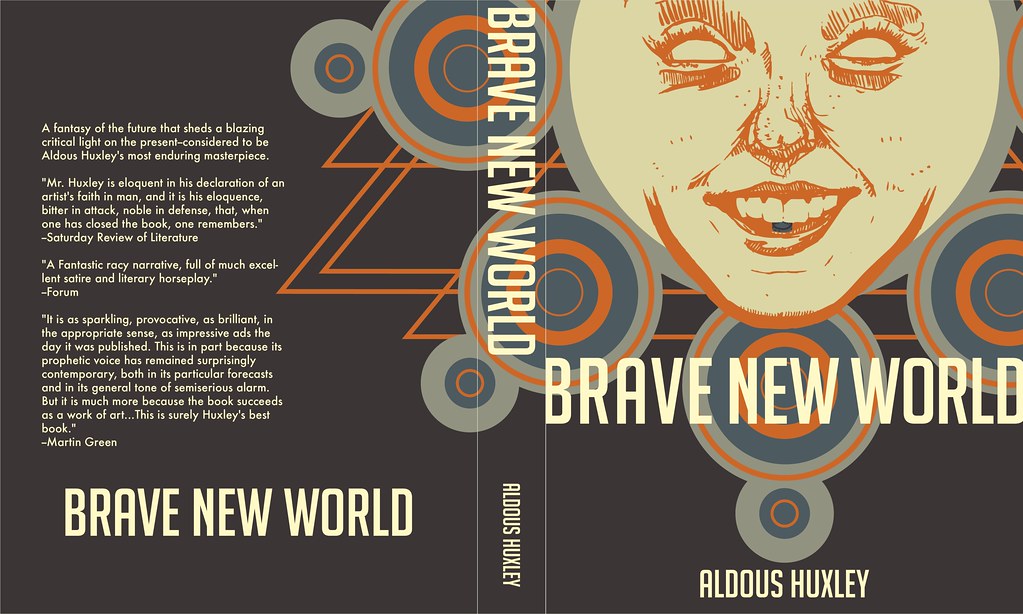
The evolution of G3P
The G3P concept emerged as a response to disillusionment with the UN and the growing influence of global corporations in policy implementation.
It was designed to include a new kind of corporation that acknowledged past mistakes and aimed to partner with governments to solve global problems.
This shift towards G3P-based global (one-world) governance was marked by an important address at the World Economic Forum (WEF) in 1998.
G3P has led to the formation of numerous partnerships and the evolution of global governance.
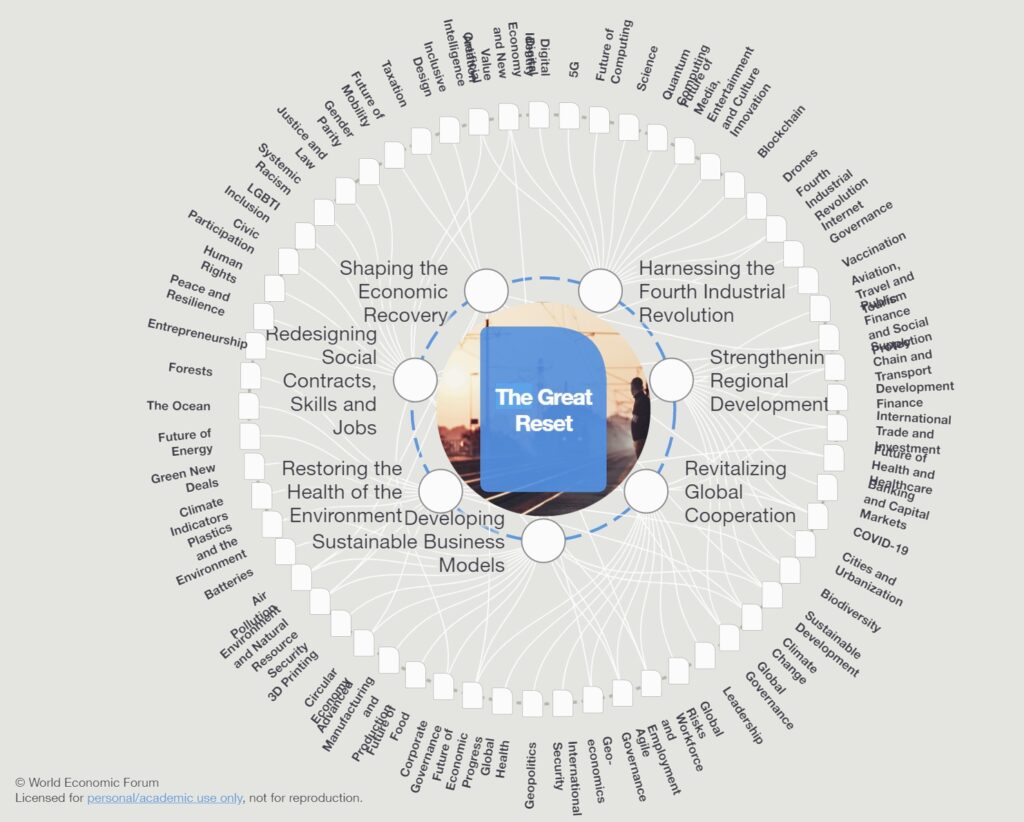
The WEF, a key player in G3P, has established Global Agenda Councils (GACs) to suggest policies covering all aspects of life.
As in, all aspects.
Everything.
So, to summarise:
- G3P is a global network of influential groups controlling finance and policy.
- It sets global policies that are implemented by governments, bypassing traditional legislative processes.
- Governments have become facilitators for G3P, increasing public debt for the benefit of G3P’s senior partners.
- The G3P concept evolved to include corporations in global problem-solving, marking a shift in global governance.
- The WEF’s role in G3P highlights the dominance of corporations in global decision-making, circumventing national sovereignty.
It’s about mass control and mass surveillance.
Here’s my conversation with Iain.
The pandemic represents a rare but narrow window of opportunity to reflect, reimagine, and reset our world.
Klaus Schwab



